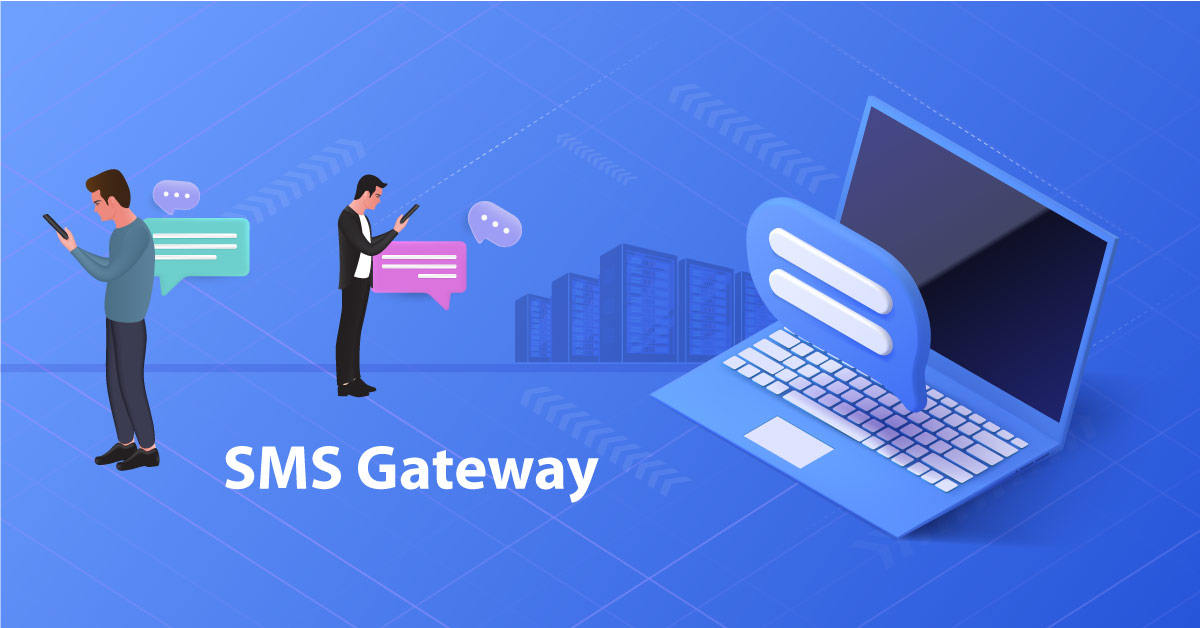In today’s hyper-connected world, where instant communication is the norm, it’s easy to take for granted the technologies that enable us to stay in touch effortlessly. One such technology that has quietly revolutionized the way we communicate is Short Message Service (SMS). Born out of the necessity for quick, convenient communication, sms gateway has evolved from a simple text messaging service to a powerful tool with far-reaching implications in various aspects of our lives.
Origins and Development
SMS, as we know it today, traces its origins back to the 1980s when engineers were exploring ways to transmit text messages over cellular networks. The first SMS message, “Merry Christmas,” was sent in 1992 by Neil Papworth, a British engineer, to his colleague’s mobile phone. Initially, SMS was limited to 160 characters, a constraint imposed by the signaling protocols used in early mobile networks.
Despite its humble beginnings, SMS quickly gained popularity due to its simplicity and accessibility. Unlike email or instant messaging, SMS didn’t require an internet connection or specialized hardware beyond a mobile phone with network coverage. This ubiquity made SMS the go-to communication method for millions worldwide.
Ubiquitous Communication Tool
The widespread adoption of SMS transformed it from a novelty into an essential communication tool. From personal conversations to business communications, SMS became an integral part of daily life. Its simplicity and reliability made it ideal for quick exchanges, appointment reminders, and notifications.
Businesses soon recognized the potential of SMS as a marketing and customer service tool. SMS marketing campaigns allowed businesses to reach customers directly on their mobile devices, leading to higher engagement rates compared to traditional advertising channels. Additionally, SMS-based customer service enabled companies to provide instant support and assistance to their customers, enhancing the overall customer experience.
